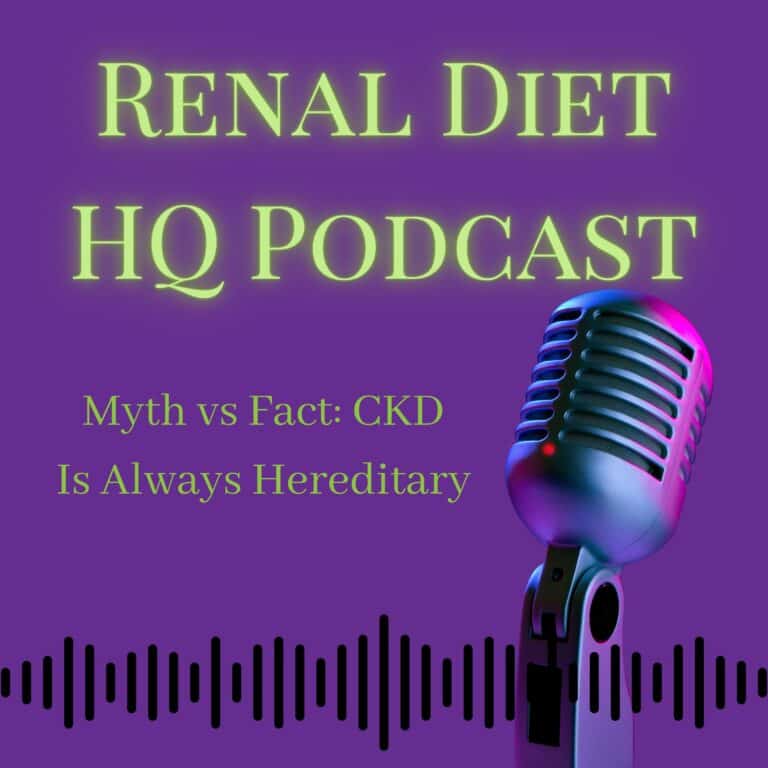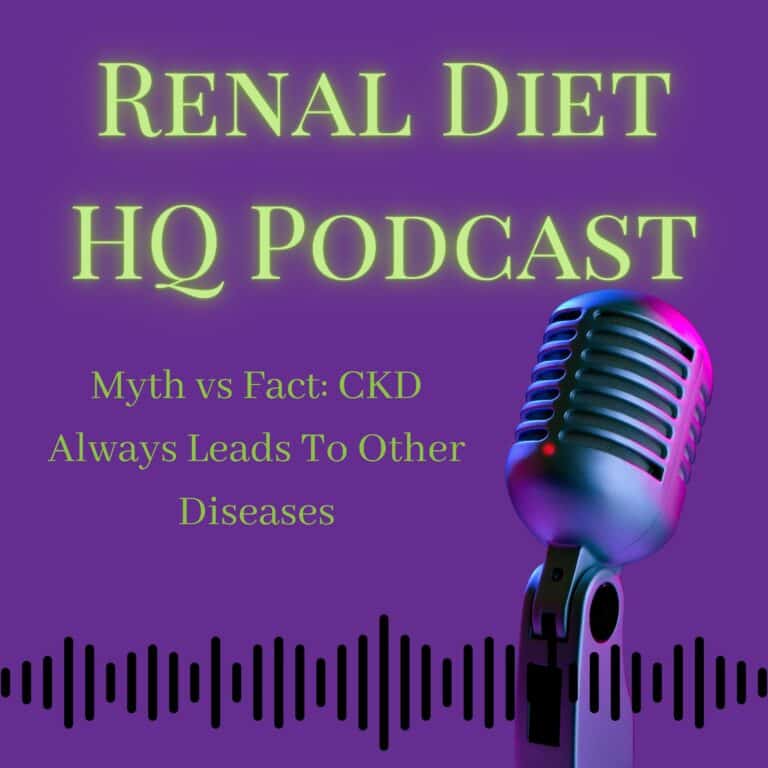Are Berries High In Potassium? Berries and Beyond Choosing LowPotassium Foods for Kidney Health- Podcast
Podcast: Play in new window | Download

Living with chronic kidney disease (CKD) brings unique challenges, particularly in balancing potassium levels within the body. Potassium, an essential mineral vital for functions such as blood pressure regulation and muscle control, requires meticulous attention for individuals with CKD. In this thorough guide, we delve into the importance of potassium management, effective strategies for maintaining optimal levels, and practical advice for integrating low-potassium alternatives into your diet.
For More Recipes and Ideas --->> Get Your Free Meals and Recipes That Are Perfect for Pre-Dialysis Diets, Pre-Dialysis with Diabetes, or Dialysis Diets.
Understanding Potassium and its Role in the Body
Potassium is indispensable for overall health, regulating blood pressure, facilitating muscle function, and supporting nerve transmission. However, CKD patients face hurdles due to compromised kidney function, hindering the elimination of excess potassium and potentially leading to health complications.
The Impact of Potassium on CKD Management
Elevated potassium levels, termed hyperkalemia, pose serious risks for CKD patients, including cardiac irregularities and muscle weakness. Thus, diligent monitoring of potassium intake is paramount, particularly as CKD progresses.
Potassium-Rich Foods and Their Effects
Foods naturally abundant in potassium, such as fruits, vegetables, and dairy products, can contribute to heightened potassium levels in CKD patients. While these foods offer nutritional benefits, their consumption may necessitate limitations or careful oversight to avert adverse effects.
Strategies for Potassium Management
Effectively managing potassium intake involves implementing dietary constraints and practicing portion moderation. Collaborating with a specialized registered dietitian can aid in crafting a personalized meal plan tailored to individual requirements, ensuring optimal potassium levels and overall kidney health.
Low-Potassium Alternatives and Options
Thankfully, numerous low-potassium alternatives cater to the needs of CKD patients. Berries, including blueberries, cranberries, and raspberries, provide delectable choices with reduced potassium content. Integrating these fruits into the diet can deliver essential nutrients while minimizing potassium intake.
Serving Size Considerations
Vigilantly monitoring serving sizes is imperative for controlling potassium intake effectively. For instance, scaling back portion sizes of potassium-rich foods like potatoes and tomatoes can aid in managing daily potassium levels. Seeking guidance from healthcare professionals for personalized advice on appropriate serving sizes is advisable.
Monitoring Potassium Levels and Seeking Medical Guidance
Regular monitoring of potassium levels through blood tests is essential for evaluating the efficacy of dietary approaches. CKD patients should collaborate closely with healthcare providers, including dietitians, to ensure optimal potassium management and overall kidney health.
Managing potassium levels amid chronic kidney disease necessitates meticulous attention to dietary selections, portion control, and medical oversight. By comprehending the role of potassium in bodily functions and employing effective management strategies, individuals with CKD can foster kidney health and enhance overall well-being. Remember, proactive management and close collaboration with healthcare experts are pivotal in sustaining optimal potassium levels and enhancing quality of life.
Learn more about Myth VS Fact CKD Means Dialysis is Inevitable- Podcast
Learn more about The Renal Dietitians Secrets to Safe Eating for Kidney Health- Podcast









